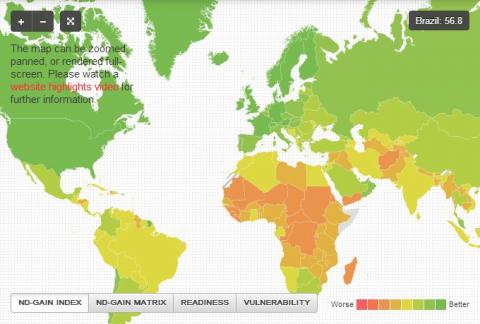Juego: Cuenca arriba, cuenca abajo
Es un juego diseñado con el apoyo del Centro del Clima de la Cruz Roja y Media Luna Roja para educar de una manera didáctica y divertida la problemática del cambio climático en las zonas vulnerables. Río Arriba, Río Abajo (versión corta), Río Arriba, Río Abajo (juego), Climate Change Game and rules https://vimeo.com/45150733, https://vimeo.com/45097866, https://vimeo.com/52707857
Juego: Cuenca arriba, cuenca abajo Read More »


